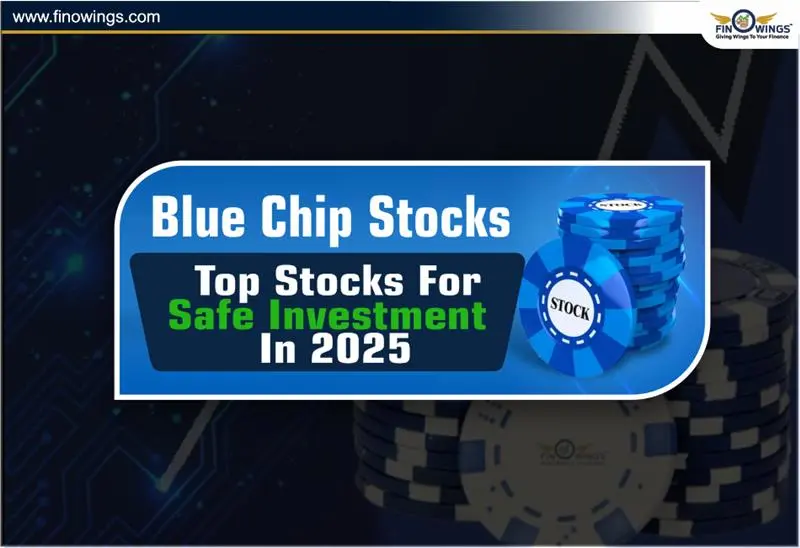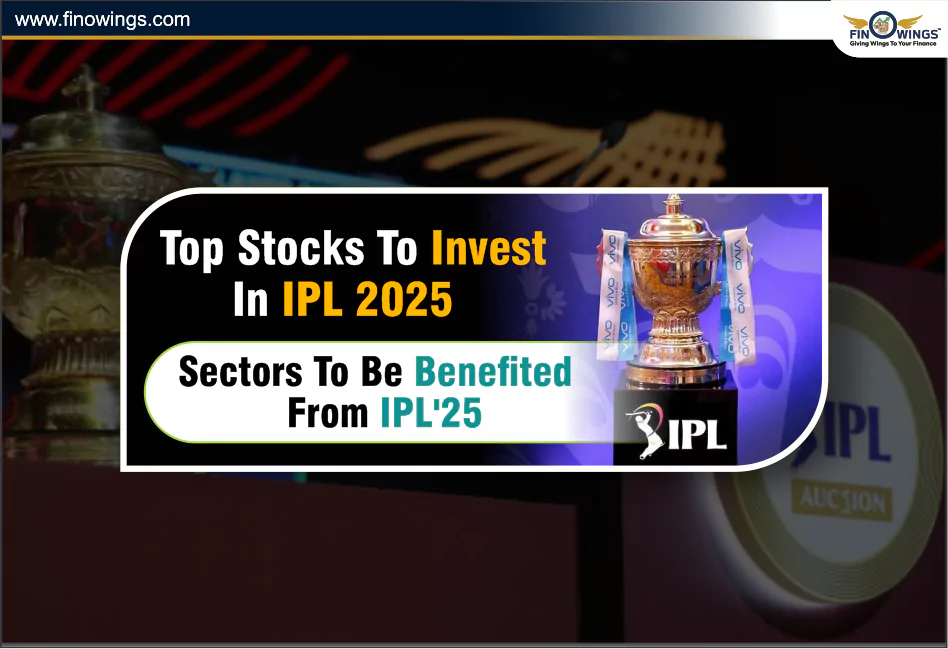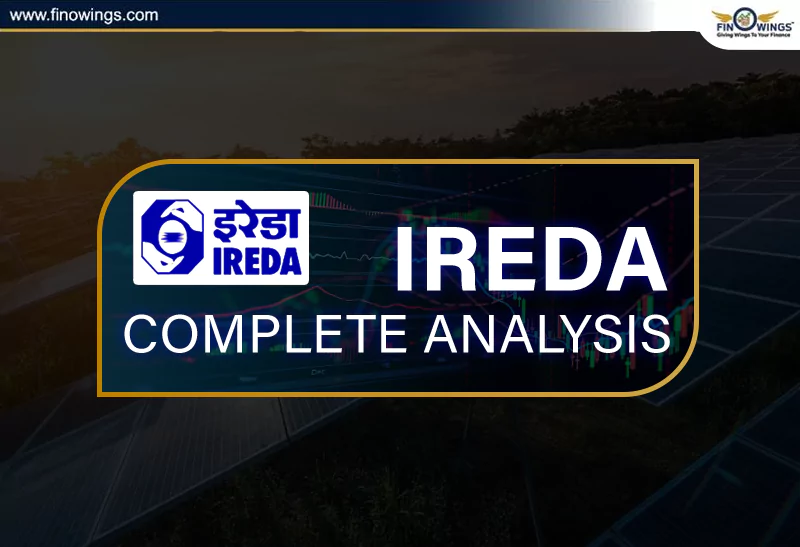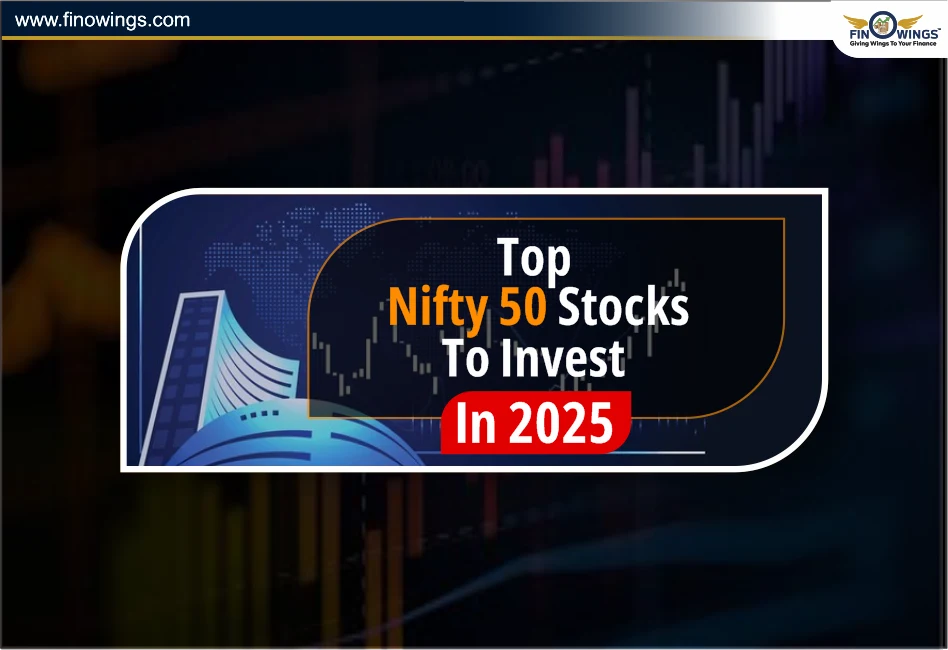Home >> Blog >> IREDA Share Analysis
IREDA Share Analysis
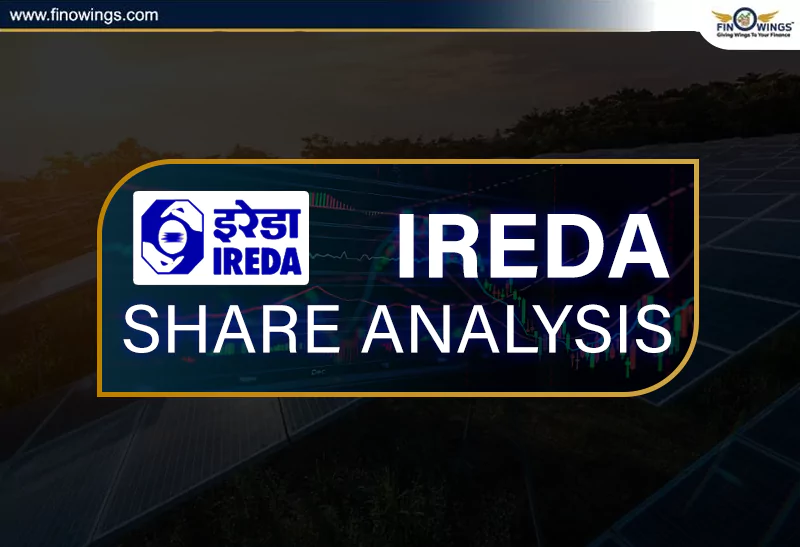
Table of Contents
Introduction
In the ever-evolving landscape of the stock market, investors often find themselves grappling with critical decisions, especially when faced with situations like a higher buying price. Today, we delve into the world of IREDA (Indian Renewable Energy Development Agency) – a financial powerhouse in the renewable energy sector. As we encounter numerous queries regarding the buying price, this blog aims to provide insights into the company's dynamics, both from a financial and technical perspective.
Understanding IREDA's Role
Imagine needing a loan for a bike or a house – you turn to financial institutions. Similarly, large-scale projects require substantial financing. IREDA steps in to fund renewable energy projects, playing a crucial role in shaping the sustainable future we envision. Just as different companies cater to various loan needs, IREDA specializes in the renewable energy sector, contributing significantly to the nation's green energy goals.
Major Work and Responsibilities of IREDA
1. Financing Renewable Energy Projects:
It lends financial support to renewable energy and energy efficiency projects in India.
These projects include:
-
Solar Energy
-
Wind Energy
-
Hydro Energy (Small Hydro)
-
Bioenergy and Waste to Energy
2. Promoting Sustainable Development:
IREDA promotes the development of clean and renewable energy sources to reduce fossil fuel dependency and mitigate climate change.
3. Policy Support & Advisory:
It plays a key role in aiding the Ministry of New & Renewable Energy (MNRE) in the process of formulating policies, schemes, and programs connected to the renewable energy sector.
4. Innovative Packages of Financial Products:
They provide innovative schemes of financing such as:
-
Term Loans
-
Line of Credit
-
Refinance Schemes
-
Bridge Loans
-
Risk Mitigation Instruments
5. Capacity Building & Awareness:
IREDA organizes workshops training and outreach programs to enlighten stakeholders about clean energy solutions.
6. Works as a Nodal/Implementing Agency:
IREDA has a role as a nodal or implementing agency for executing renewable energy schemes and incentive programs.
7. Startups and New Technologies:
Encouraging innovations in renewable energy startups and new technologies themselves will help India attain energy transition goals.
8. Environmental and Social Governance (ESG) Compliance:
In line with its commitment to sustain and support responsible project development, IREDA applies ESG principles to its functioning.
IREDA Product Portfolio
1. Term Loan for Renewable Energy Projects
Financing for setting up renewable energy and energy efficiency projects.
Use: solar, wind, hydro, bioenergy, waste to energy, etc.
2. Line of Credit (LoC)
Extended to financial institutions like NBFCs and banks for lending to renewable energy and energy efficiency projects.
3. Refinance Scheme
- Refinance facility for banks and financial institutions that have already financed renewable energy projects.
- Enhances liquidity and encourages further lending in the industry.
4. Bridge Loan
- Short-term loan provided to meet immediate funding requirements.
- Mostly disbursed to projects awaiting disbursement of subsidies, grants, or equity.
5. Equipment Financing
Loan assistance to purchase renewable energy equipment such as solar panels, wind turbines, etc. This is provided for manufacturers and users.
6. Rooftop Solar Financing
Special loan product for financing rooftop solar PV installations for residential, commercial, and industrial sectors.
7. Energy Efficiency Financing
Loans for projects addressing energy efficiency improvements in industries, buildings, and infrastructure.
8. E-vehicle and Charging Infrastructure Financing
A new financing product for supporting electric mobility adoption.
IREDA Objectives
(Source: IREDA)
Analysis of Share Price from Oct 2024 to Apr 2025
- The share price of IREDA has fluctuated over the last six months:
- The stock was trading at about Rs.233.75 in October 2024.
- January 2025: The share price fell by 3.3% after the Q3 earnings, closing at Rs.215.9.
- April 2025: Rs.160.67 as of 01 Apr 2025.
IREDA Share Price Today
Today’s IREDA share price is Rs.151.47 as of 07 Apr 2025.
Technical Analysis
Beginning with a visual journey, we observe a journey, witnessing a robust rally after a 56.25% listing gain. However, recent trends indicate a potential breakdown in the stock's trendline, urging investors to tread carefully. Unseen on the charts but impactful nonetheless, High-Frequency Trading (HFT) activities have added a layer of complexity to the market dynamics, demanding attention.
Financial Performance
Q1 FY25: During this period, IREDA recorded a Profit After Tax (PAT) of Rs.384 Cr, reflecting a yearly growth of 30%. There was a 32% rise in revenue from operations that stood at Rs.1,502 Cr.
Q2 FY25: The company registered a PAT of Rs.387.75 Cr, which is a 36% increase over the previous year for the same quarter. Revenue from operations increased by 38.52% to Rs.1,630.38 Cr.
Q3 FY25: Revenue from operations of IREDA increased by 35.57% to Rs.1,698.99 Cr. Profit Before Tax (PBT) stood at Rs.538.20 Cr, a growth of 39.38%, with PAT rising by 26.77% to Rs.425.37 Cr.
Positive Aspects
Revenue Surge:
IREDA has experienced a commendable 21.8% increase in annual revenue, showcasing its financial strength. The 2022 revenue of 2860 Cr soared to 3573 Cr by December 2023.
Profit Milestone:
Setting records, the company achieved a 33% operating profit margin, with the net profit reaching 914 Cr by December 2023, a testament to its financial prowess.
Financial Endurance:
With an Interest Coverage Ratio of 1.55, IREDA stands on solid financial ground, ensuring smooth business operations.
Credit Ratings:
Earning an upgrade from Brickworks Ratings (BB+ to AAA stable) reflects the company's efficient operations, bolstering investor confidence.
NPA Management:
Efficient handling of non-performing assets signals the judicious utilization of funds and assets, underlining IREDA's operational efficiency.
Negative Considerations
Technical Chart Warning:
A breakdown in the technical charts raises concerns, urging investors to approach the situation cautiously.
Elevated PE Ratio:
The PE ratio, currently at 46.6x, is double the industry average (24.4x), posing questions about the stock's valuation.
Debt Burden:
A high debt-to-equity ratio of 6.77 suggests that a significant portion of IREDA's assets are financed through debt, potentially impacting long-term financial health.
Conclusion
In the complex world of stock markets, understanding the nuances of a company like IREDA is crucial. As the charts reveal potential pitfalls, the positive financial indicators provide a balancing perspective. Investors must weigh these factors carefully, keeping an eye on both opportunities and challenges. The decision to hold, buy, or sell IREDA stock requires a comprehensive evaluation, and this analysis aims to serve as a guide in navigating the intricate terrain of investment decisions. Thank you for joining us on this journey through IREDA's financial landscape.
Other Related Blogs
- Indian Renewable Energy Development Agency IPO was listed at Rs.50 with a massive gain of 56.25% on Nov 29, 2023.
- IREDA Navratna Status and its importance.
Disclaimer
No buy or sell recommendation is given. No investment or trading advice it is. Discuss with an eligible financial advisor before taking financial decisions.
Frequently Asked Questions
Indian Renewable Energy Development Agency Limited is a Government Company (Public Limited).
Based on DCF (Discounted Cash Flow) valuation, IREDA is 49% overpriced, according to one source, with a DCF value of 82.03 INR compared to the current market price of 161.51 INR.
According to a different source, IREDA's key valuation ratios in relation to its historical performance indicate that it is in the "somewhat overvalued zone."
It is a Navratna company.
It is under the administrative control of the Ministry of New and Renewable Energy (MNRE),Government of India.
The largest renewable energy company of India is Adani Green Energy Limited (AGEL).





